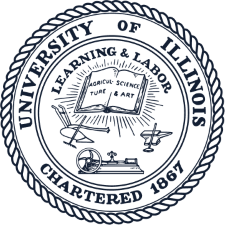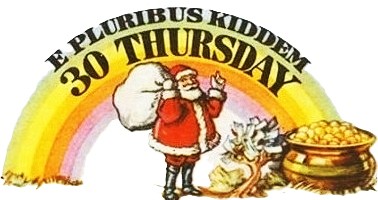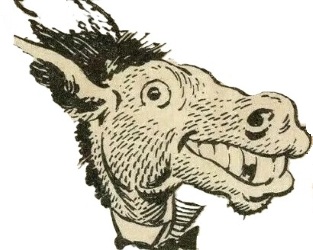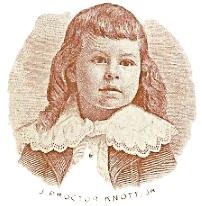Reuben Eaton Fenton, the Soldier's Friend
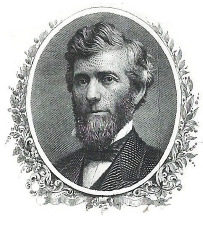
Bringing Vignettes to Life
Reuben Eaton Fenton, The Soldier’s Friend
THE TRIM, BEARDED PORTRAIT on this very handsome certificate of deposit issued by the First National Bank of Jamestown, New York needed no caption for the bank’s turn of the century c

